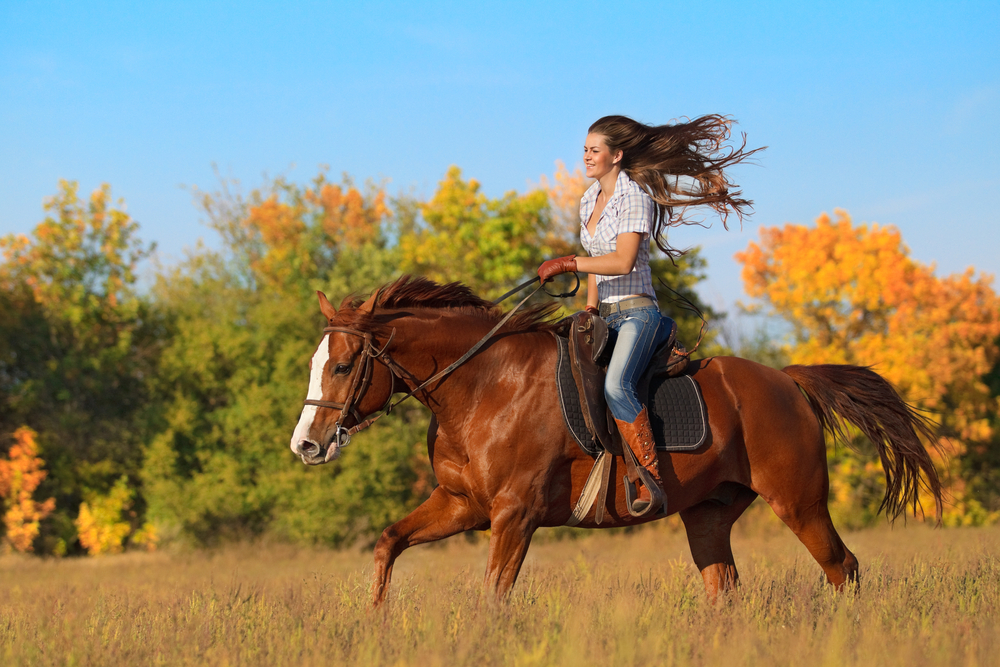The Art of Equitation
Horseback riding, a skill as ancient as civilization itself, remains a popular activity worldwide. Equitation, or the art of riding and handling a horse, goes beyond basic transportation. It is about forming a partnership with a living animal and learning the finesse of communicating through movement and touch. Good riders spend countless hours perfecting their seat, learning how to cue their horses subtly and effectively. Beginners quickly learn the importance of balance, posture, and coordination, all of which are essential for proficient riding.
Choosing the Right Breed for Riding
Success in horseback riding often begins with choosing the right horse breed. Different breeds excel in various riding disciplines because of their size, temperament, and physical abilities. For instance, Thoroughbreds are known for their speed and agility, making them favorites in the racing world. In contrast, Warmbloods are often sought after for competitive show jumping and dressage because of their strength and precision. For those looking for a calmer ride, Quarter Horses are known for their steady demeanor, making them ideal for trail riding and beginners.
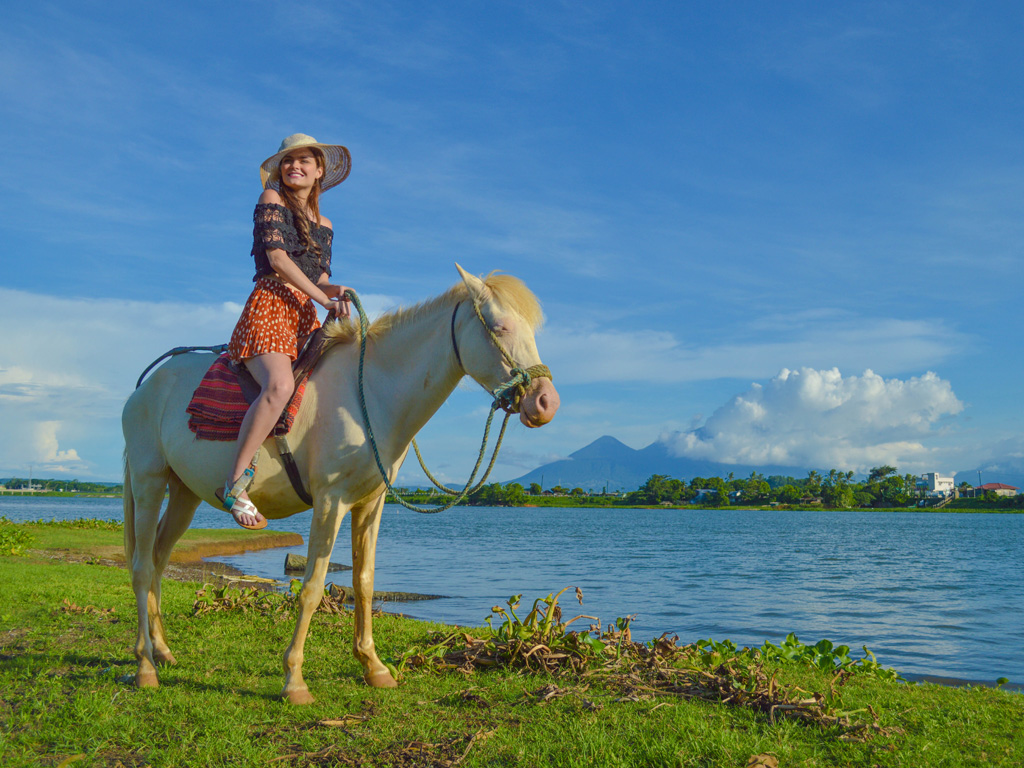
Equipment and Gear Essentials
No rider can excel without the right equipment. Essential gear includes a well-fitting saddle, bridle, and helmet. Saddles come in several styles to match riding disciplines, such as the lightweight English saddle for jumping or the sturdier Western saddle for roping and endurance rides. Bridles and bits must also be chosen with the horse’s comfort and the rider’s control in mind. Safety is paramount, and a certified riding helmet can prevent serious injuries. Riders also wear boots with a heel to prevent the foot from slipping through the stirrup.
The Many Benefits of Horseback Riding
Physical Perks of Engaging in Equitation
Horseback riding is a comprehensive physical activity, providing an aerobic workout that can improve heart and lung function. Riders develop stronger muscles, particularly in the core, legs, and back, as they learn to maintain balance on the moving horse. Riding also enhances coordination and reflexes as the rider must make split-second adjustments to manage the horse’s actions. Engaging with these powerful animals on a regular basis can lead to significant improvements in overall physical health and endurance.

Mental and Emotional Advantages
The benefits of horseback riding are not solely physical. Engagement with these sensitive animals can have therapeutic effects, improving mental and emotional well-being. The bond between horse and rider encourages responsibility, patience, and compassion. Riding presents challenges that can boost confidence and self-esteem as riders master new skills. It also offers an escape, allowing riders to clear their minds and relieve stress amidst nature and the rhythmic motion of their equine partner.
Social Interactions at the Stable
Horsemanship is often a communal activity, leading to vibrant social interactions and a spirit of camaraderie among riders. Horse riders frequently gather for group lessons, trail rides, and competitions, where they share experiences and forge friendships. Stables and equestrian centers become hubs for networking, where beginners can learn from more experienced riders, and everyone can celebrate each other’s accomplishments. These communities foster a sense of belonging and connection, further enhancing the joy of the sport.
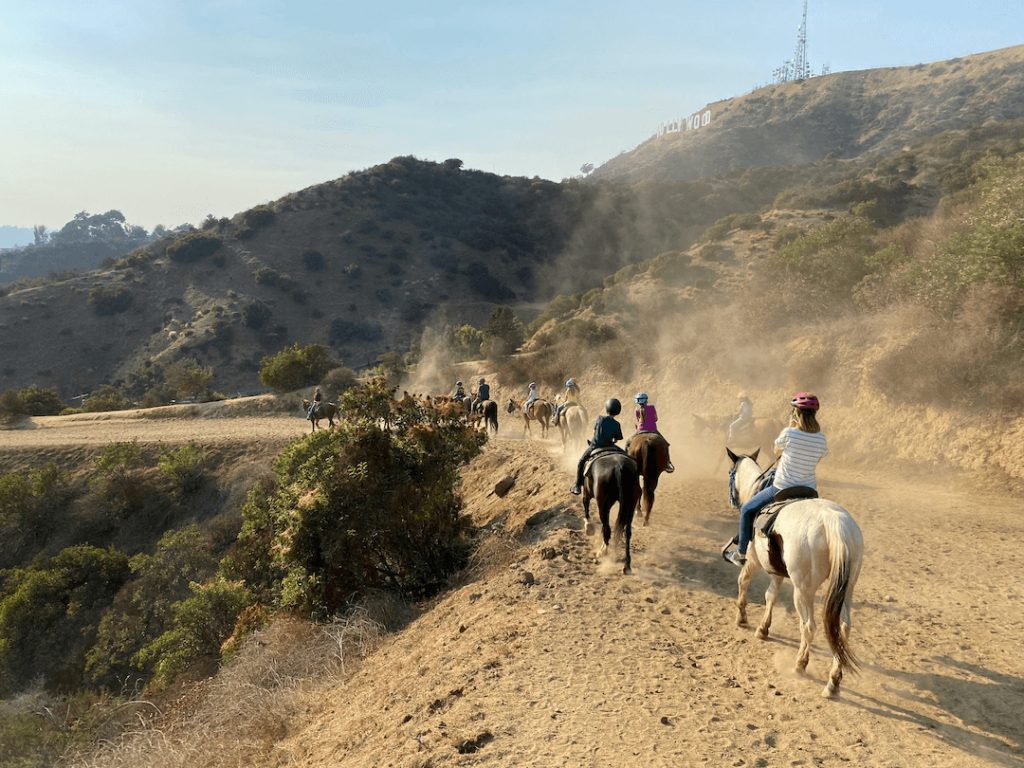
Sustainability and Ethics in Modern Horseback Riding
Prioritizing Horse Welfare
Modern horseback riding places significant emphasis on the welfare of the horse. Ethical treatment, proper health care, and humane riding practices are at the forefront of equestrian sports. Riders and trainers must ensure that horses are not overworked and that they have access to clean water, quality feed, and adequate rest. Regular veterinary care is essential to maintain the horse’s health, including vaccinations, dental care, and hoof maintenance.
The Role of Sustainable Practices
As environmental consciousness grows, sustainable practices become increasingly important in the equestrian world. This includes managing stables and pastures in an eco-friendly manner to minimize waste and pollution. Rotating grazing areas, using biodegradable products, and recycling manure as fertilizer are just a few examples of sustainable actions taken by ecologically aware equestrians. Riders are encouraged to ride in ways that do not damage trails or harm local wildlife, ensuring that the natural beauty that horseback riding often explores remains untouched.
The Evolution of Equestrian Sports
Equestrian sports constantly evolve to better align with ethical and sustainable standards. This includes the development of new training methods that are kinder and more in tune with the horse’s natural behaviors. Competitive rules are also reviewed and updated regularly to ensure they promote fair and humane treatment. As the sport evolves, so does the technology used in equipment and gear, often made to be more durable, using ethically sourced materials. This ongoing evolution reflects a reverence for tradition coupled with respect for modern values.
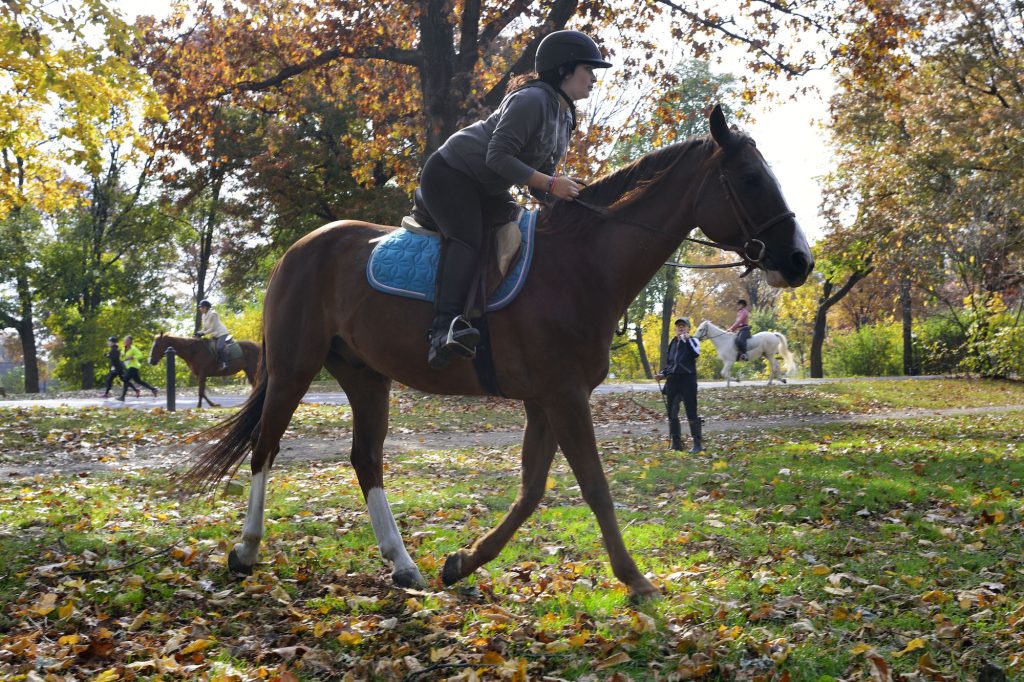
Fostering a Lifelong Passion
The Beginning of a Rider’s Journey
The allure of horseback riding often starts young and forms a lifelong passion. Beginning riders at farms like those around Farmington exemplify the excitement and anticipation of learning to ride. With each lesson, novices grow more in tune with their equine partners, mastering basic commands and developing their riding style. These early stages are crucial, setting the foundation for a safe and rewarding equestrian experience. As beginners advance, so does their understanding of the horse’s needs and the subtleties of handling and care.
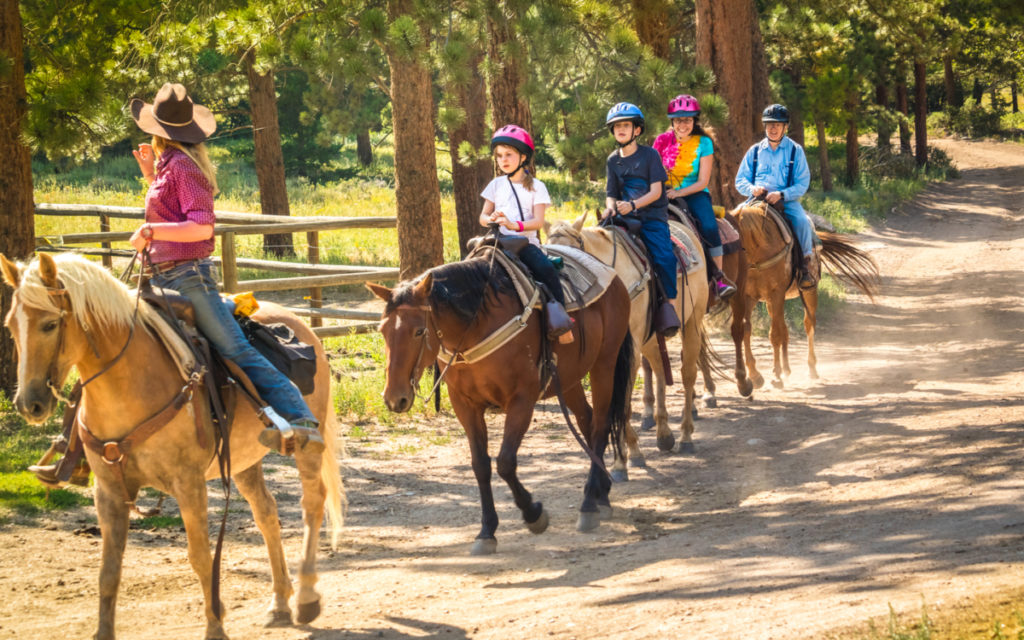
Advancing to Competitive Horseback Riding
For those inspired by the thrill of competition, horseback riding offers a multitude of disciplines to explore. From the precision of dressage to the adrenaline rush of show jumping or the rustic challenge of cross-country, riders find their niche and aim for mastery. Farmington area competitions become proving grounds for skill and harmony between horse and rider. The commitment to training and competing reflects the dedication and passion within the horse-riding community, where the journey is as rewarding as any ribbon or trophy.
A Lifelong Commitment to Learning
True horsemanship is a journey without a final destination. The most experienced riders will attest that each horse teaches something new, and there is always room for improvement. The beauty of horseback riding lies in this perpetual state of learning and growth. Whether leisurely trail riding or engaging in complex training routines, riders of all levels find satisfaction in the subtle progress and the continued pursuit of harmony with their mounts.
